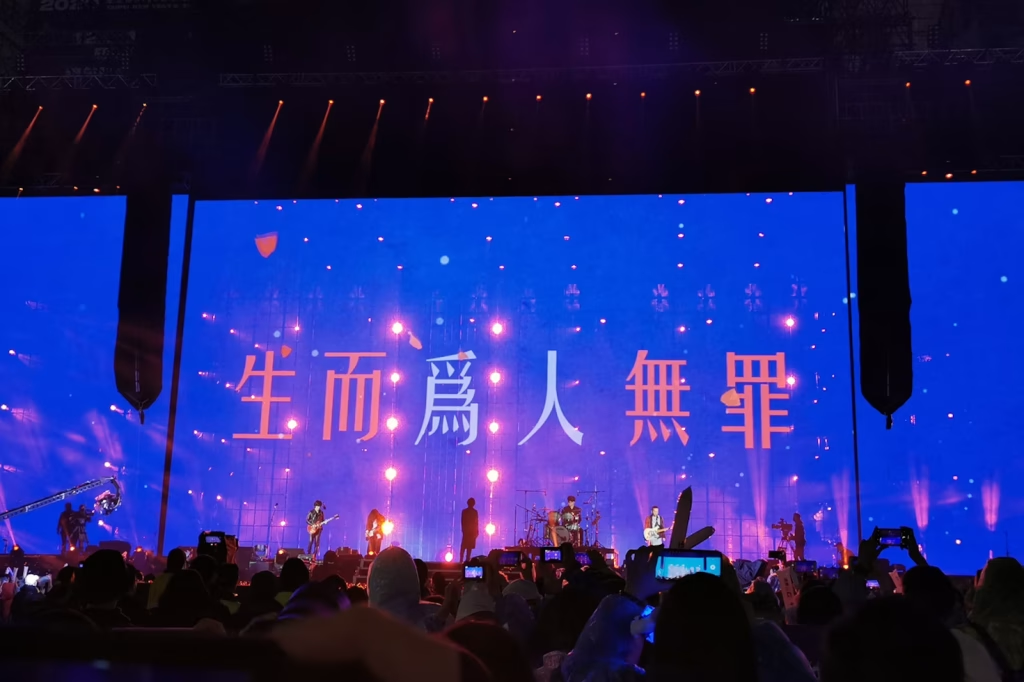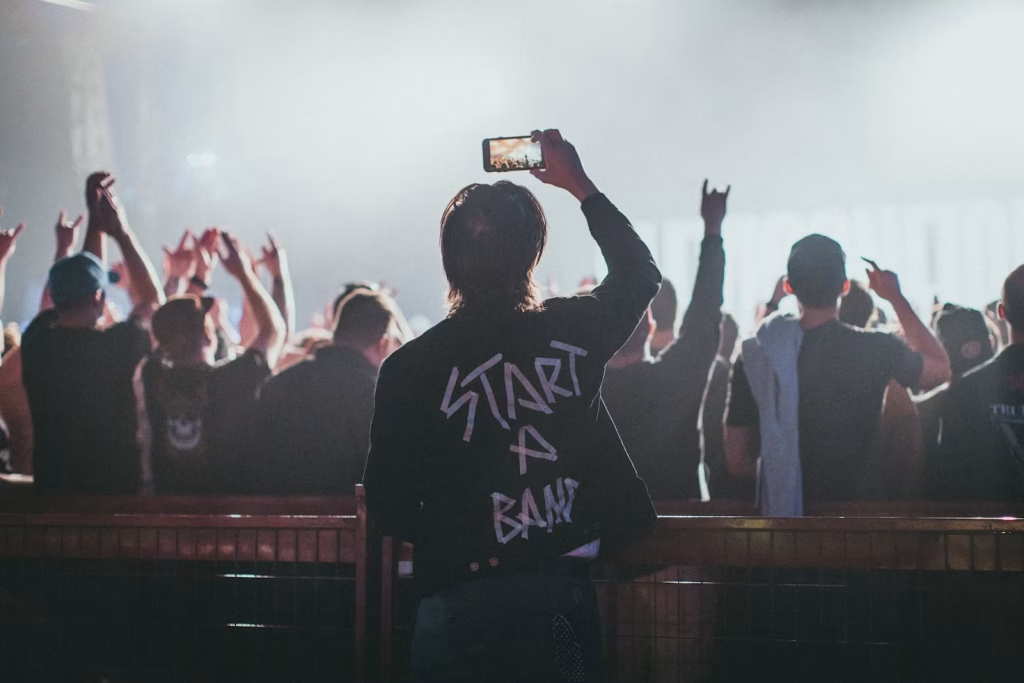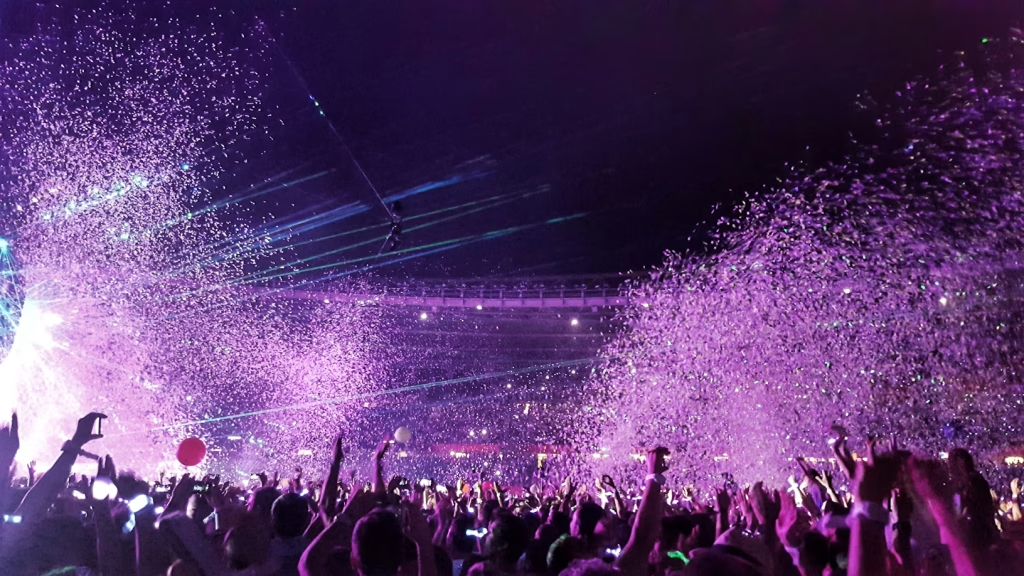Walking out of a concert, your heart pounding, eyes glistening, and your voice raw from singing along—those are the moments that stick. In K‑Pop, where precision meets passion, certain live stages become etched in memory, shaping fan stories and cultural moments. In this article, we dive into what makes these performances unforgettable, exploring stagecraft, emotional peaks, and community energy. Let’s unpack the magic.
1. The Anatomy of a Memorable Live Show
1.1 Conceptual Themes and Storytelling
K‑Pop stages are more than concerts—they’re multimedia storytelling events, filled with narrative arcs, symbolic visuals, and cinematic transitions. Whether it’s a mash‑up themed around Deadpool (Stray Kids) or a dramatic ballad reenactment, the concept hooks you culturally and emotionally.
1.2 Sensory Immersion
Live performances are visceral. You feel the bass in your bones, see shifting light designs, and sense the raw energy of performers. This multisensory immersion triggers emotional resonance like no studio recording can.
2. Shared Emotional Experience: Crowd Meets Artist
2.1 Mirror Neurons & Collective Empathy
As the lights drop and the crowd roars, we instinctively mirror performers and fellow fans. That sense of unity singing the same lyrics together creates an emotional bond that ripples through the arena .
2.2 The Afterglow Effect
Post-show, that high lingers: excitement, connection, and a sense of belonging. These shared memories and digital keepsakes (lightsticks, merch) keep the emotional charge alive long after.

3. Iconic Moments That Change Everything
3.1 Tear‑jerking Tributes
Examples like Lee Hi’s performance of “Breathe” after Jonghyun’s passing highlight live emotion. The singer and audience shared tears that transcended the stage.
3.2 Vulnerable Vocal Moments
When BTS’s Jin performed “Awake” during the Wings Tour, raw vulnerability—he even cried—prompted fans to clap instead of scream, creating a deeply personal moment.
4. Production as Emotional Storytelling
5. The Power of Authenticity
When idols drop the polished persona and speak from the heart, the effect is electrifying. Stray Kids’ emphasis on jeong, an emotional bond, makes arenas feel like intimate living rooms. This sincerity amplifies every cheer, tear, and burst of applause.
6. Building Community & Cultural Identity
6.1 Fandom as Extended Family
Live concerts aren’t just musical events—they’re family reunions. Shared interests, chants, and lightsticks create a communal sense—an emotional ecosystem of belonging .
6.2 Beyond Entertainment: Cultural Diplomacy
Massive K‑Pop concerts create cultural ripples: boosting tourism, sparking language learning, and representing nations—like BTS performing at the UN or contributing billions to the Korean economy.

7. Sustaining the Impact: Memories, Media, and Legacy
- Streaming and social media allow fans to relive moments forever, amplifying emotional resonance.
- Media coverage and awards validate cultural significance—earning spots at venues like Wembley, Grammy Museums, and global stages.
- Personal narratives (like artists expressing introspection mid-show) make fans feel seen and heard, deepening long-term loyalty.
8. Beyond the Stage: Why These Moments Stick
- Uniqueness – One‑off moments become cultural anecdotes.
- Cultural symbolism – They connect personal experience to identity.
- Emotional risk – Vulnerability from idols humanizes them.
- Community validation – Shared highs create group nostalgia.
Conclusion: Why We Remember Live Stages
When K‑Pop concerts transcend songs and become emotional rituals through theatrical stagecraft, authenticity, and communal energy—they carve lasting imprints in our memories. These aren’t just performances; they’re moments of connection and cultural belonging.
